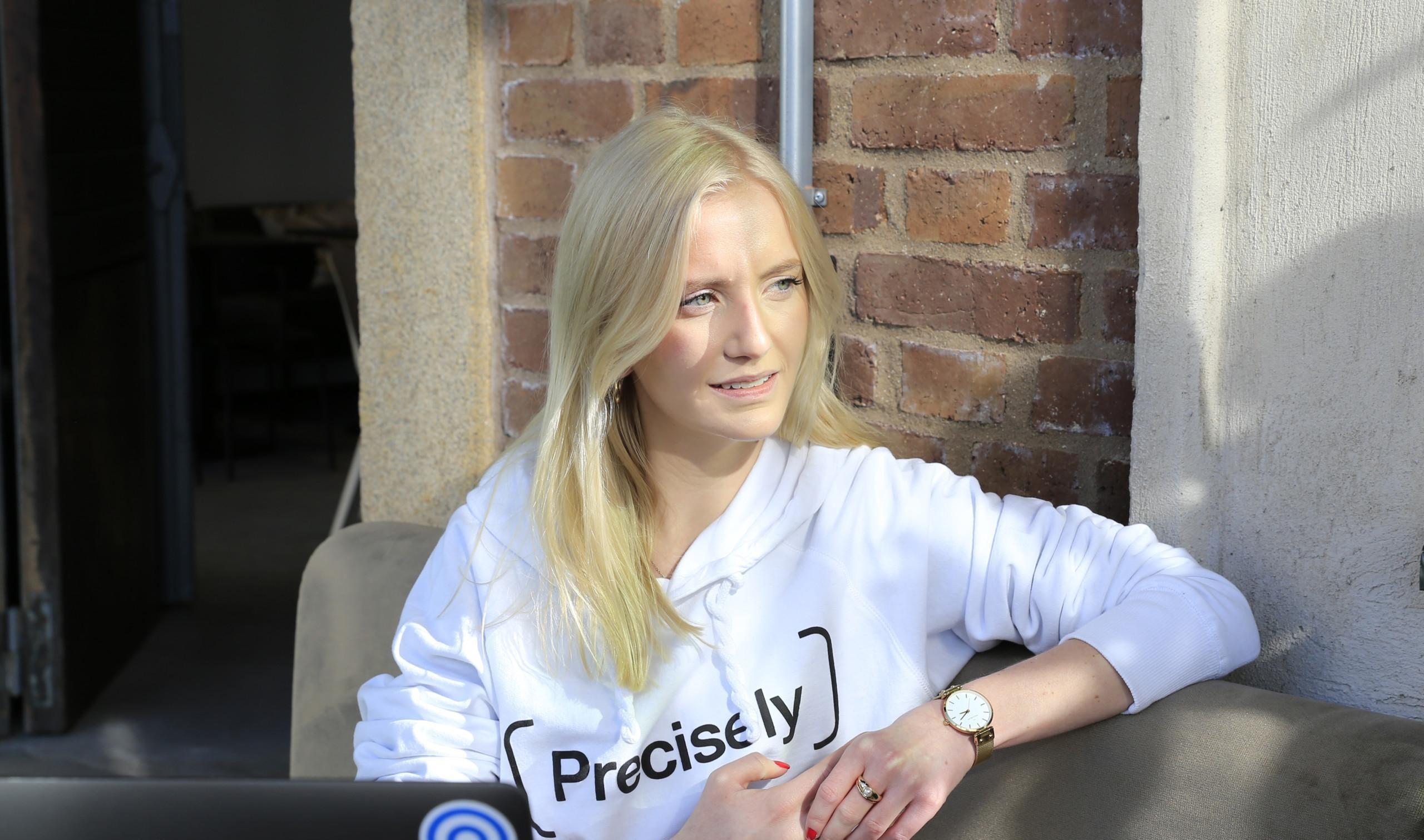Build the Business Case for a CLM: How to Secure C-suite Buy-in

Conviction begins with conversation. But when you’re aiming to convince your organization’s C-suite to invest in a Contract Lifecycle Management (CLM) tool, the talk goes beyond mere features—it’s about the bottom line, strategic alignment, and future-proofing your operations. So how do you go from ‘Hey, we need a CLM’ to ‘Yes, approved’? In this article, we delve deep into building a business case so compelling that not securing approval would seem like a missed opportunity.
💡To make your read more impactful, you’ll find action items at each step of the process so you can go ahead and apply this to your own situation. Find them marked by a green tick box (✅) under each section.
✅ Action Item #1: Start by identifying the key stakeholders in your organization who would be impacted by the implementation of a CLM. Make a list of their concerns and potential objections, so you can address them proactively in your business case.
1. The ROI Factor: More than Just Savings
One of the strongest arguments for adopting a CLM lies in its potential to deliver a robust Return on Investment (ROI). But ROI isn’t just about reducing costs; it’s also about amplifying value across departments. Using quantifiable metrics is vital. Here are some questions contract managers can answer:
- How many hours are spent on contract negotiations?
- How many hours are spent on drafting complex contracts?
- How many legal discrepancies could have been avoided?
- How many stakeholders are involved in getting a contract to signature?
- How quickly can you get your sales contracts signed?
And how much of this can be reduced thanks to contract workflow automation with a CLM?
When you present these figures, make sure to visually demonstrate these gains for a faster C-suite buy-in. Our human brains process images up to 60,000 times faster than text, so it’s a small but impactful element to take into account when presenting your business case for a CLM.
✅ Action Item #2: Plug in your metrics into our ROI calculator for a personalized report that you can present directly to the C-suite. Highlight the most compelling figures in your presentation.

2. The Strategic Importance of Time & Alignment
Time, as they say, is money. But in the context of contract management, time is also strategy. The more time your legal team spends on administrative tasks, the less they contribute to high-level, strategic work that aligns with business goals. Automating tasks like contract approval workflows, alerts for expiring contracts, and smart storage for easy reporting, can liberate your team to focus on tasks that require a nuanced understanding of business-legal intersections. Quantify these saved man-hours into a monetary equivalent (use your results from the above section) and showcase this as a tangible ROI.
How CLM Fits into the Bigger Picture
Plus, a CLM tool isn’t just a tool for the legal team: it’s a strategic asset that affects multiple departments from Sales to HR and everything in between. Make it clear how adopting a CLM tool aligns with the company’s broader goals—whether that’s accelerating the sales process, reducing compliance risks, or fostering stronger relationships with vendors and partners.
✅ Action Item #3: Draft a one-page document highlighting how CLM features align with the core objectives of each department. Share this with relevant department heads for their feedback and endorsement before presenting it to the C-suite.
💡 For more hands-on advice on maximizing efficiency beyond legalities in in-house legal teams, don’t miss our article on ways legal ops drives business efficiency.
3. Risk Mitigation as a Value Addition
Executives tend to have a good understanding of risk, but they might not know how a CLM can fit into the organization’s risk mitigation strategy. Whether it’s safeguarding against contractual non-compliance, or adding layers of security to protect sensitive information, a CLM can be a critical component in your organization’s risk management toolkit.
Future-Proofing Your Operations
In today’s fast-paced business environment, change is the only constant. If anything, the Covid-19 pandemic, the start of the war in Ukraine in 2022, and more frequent and stronger climate events are showing us that businesses must have strong strategies in place to tackle risks linked to change. Adopting a CLM means not just addressing today’s challenges, but also being prepared for tomorrow’s opportunities. Illustrate how a CLM can scale with the business, adapt to legislative changes, and offer the agility needed in the modern marketplace.
It can no longer be an excuse to say “I couldn’t possibly have predicted that.” We cannot have contracts bring certainty in an uncertain world. We must produce documents and create processes that will support changes in an unpredictable world.
✅ Action Item #4: Put together industry trends and forthcoming legislation, as well as current global events, that could affect your contract management process. The ongoing EU-US privacy adequacy discussions and more frequent summer fires and floods across the world are examples. Include this information in your business case to show how a CLM can help the company adapt to future challenges.
4. Implement Now, Scale Later
One of the barriers to securing C-suite approval might be the perceived complexity of implementing a new system. Here, it’s crucial to stress the scalability of a CLM. Organizations can start with basic features like centralized repositories and then gradually move on to more advanced functionalities. In your evaluation of CLM tools, you can even focus on CLM tools that offer consultancy or strong continued support to help you with implementation and cross-organization adoption. Presenting a phased approach to CLM adoption can alleviate concerns about upheaval and show that you’re thinking long-term. Ultimately, these elements will help you secure C-suite buy-in.
Addressing Change Management and the Human Factor
When introducing a new tool like a CLM, you must not just think about the technology, but also about the people who will be using it. Successful implementation of a CLM requires a thorough understanding of how it will affect day-to-day operations and the working lives of your team and other departments. Management often overlooks this human element, but it’s crucial for gaining widespread acceptance and ensuring that the tool is used to its full potential. Failure to consider this can lead to resistance, low adoption rates, and ultimately a poor ROI.

✅ Action Item #5: Develop a change management plan that outlines how you will communicate the benefits of the CLM to staff, train them on its use, and address any concerns or resistance they may have. This plan can be part of your business case to showcase your holistic approach to implementation. You can always start with a pilot team or department and plan to re-assess before moving forward with the full roll-out.
5. Building the Business Case: Consolidating Your Pitch
Once you have all the elements—ROI, strategic alignment, and future-proofing—your next step is to build a coherent and compelling business case. Use the data, testimonials, and departmental endorsements that you collected to strengthen your argument. Don’t forget to address potential objections or concerns that may come up during the presentation.
✅ Action Item #6: Create a presentation or a comprehensive report that consolidates all your findings, metrics, and endorsements. Run a mock presentation with a trusted colleague to identify potential weak points in your pitch.
Closing Thoughts
Gaining C-Suite buy-in for a CLM tool isn’t an easy feat, but the key is to move the discussion beyond the costs and into the realm of ROI, strategic alignment, and future-proofing. As you navigate this journey, remember that securing buy-in is just the first step; implementation and ongoing optimization are where the real work begins.
When you present your business case for a CLM, remember you’re not just advocating for a tool; you’re advocating for a transformative change in how your organization handles one of its most crucial assets—contracts.
✅ Post-buy-in action item: After receiving C-suite approval, create an implementation timeline and assign responsibilities to relevant team members. Keep the C-suite updated on key milestones and any ROI metrics as the CLM system is put into place.
Quick links: Calculate your ROI on a CLM with our calculator. Learn how legal ops can drive business efficiency.





